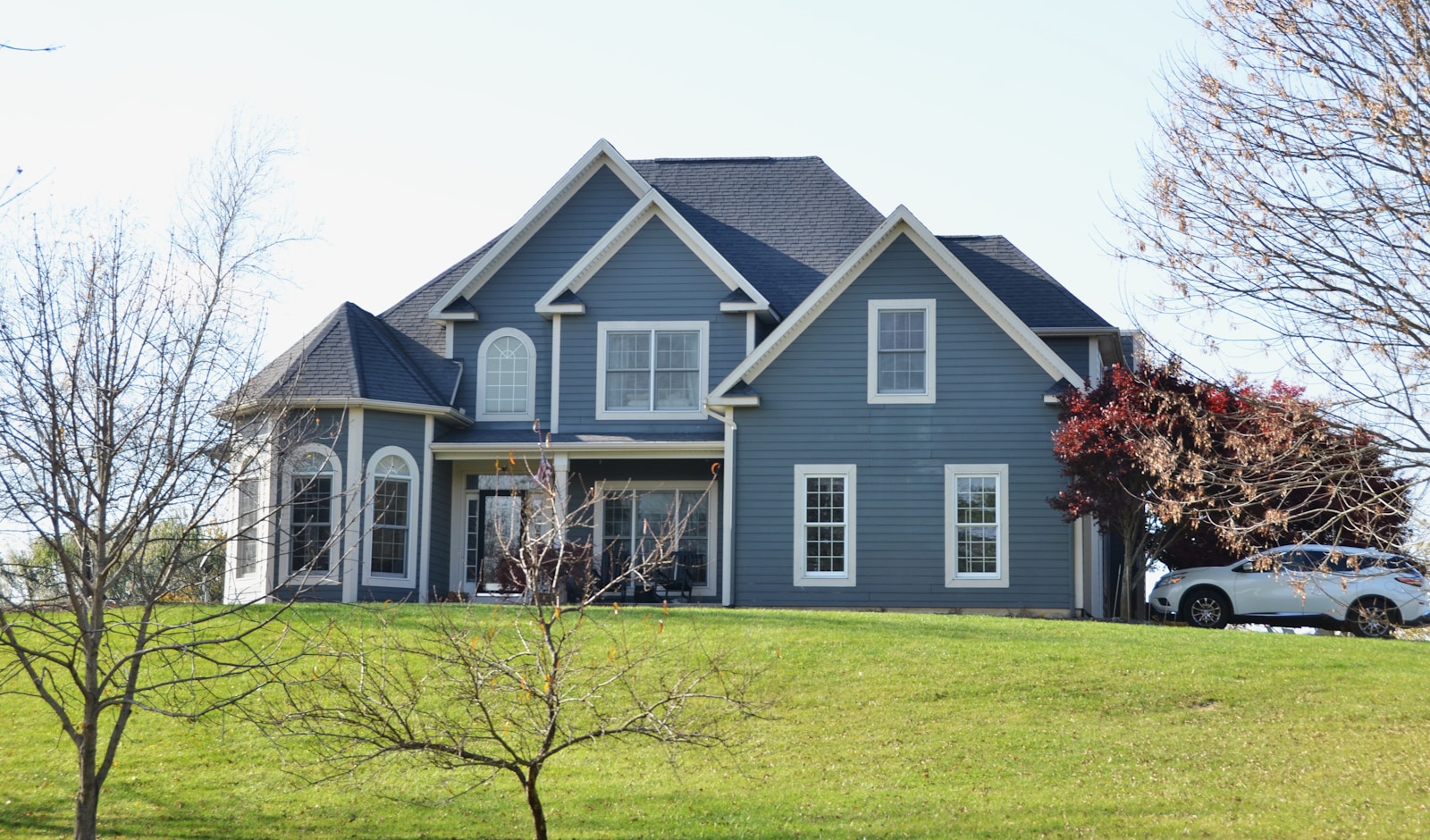If you’ve been thinking about buying in Waterloo Region — whether it’s your first home, your next home, or your “finally‑I‑need‑a-bigger-kitchen” home — you’ve probably already figured out that house shopping is the fun part. House budgeting? Not so fun.
Welcome to adulthood. Bring snacks.
Most buyers start with the big number: the purchase price. But the real magic (and sometimes the real pain) is in the hidden costs — the things that don’t show up on the listing but absolutely affect what you can afford and how confidently you can move.
And since we’re REALTORS® who like telling it like it is — with a little sass and a lot of clarity — we’re breaking down every extra cost you should expect when buying a home in Kitchener, Waterloo, or Cambridge in 2025.
Let’s get you informed, empowered, and way less freaked out.
🔍 1. Deposit vs. Down Payment — Yes, They’re Different
This one gets buyers all the time.
The deposit is what you pay when your offer is accepted — usually within 24 hours. Around here, that’s often $10,000–$25,000, depending on the property and price point.
The down payment is what you pay on closing day, minus the deposit you already paid.
So no, it’s not two separate payments — but yes, the deposit needs to be cash‑ready.
Pro tip: Have your deposit accessible before you start offering. If your money is sitting in a locked‑up investment account, the bank will not magically free it for you.
🧾 2. Land Transfer Tax — AKA the “Welcome to Homeownership” Bill
Ontario land transfer tax is no joke.
On a $750,000 home (a typical detached in Waterloo Region), you’re looking at roughly $11,475 in tax.
First‑time buyers may qualify for a rebate up to $4,000, which definitely helps — but it doesn’t erase the sting entirely.
Bookmark this cost. It’s a big one.
🔧 3. Home Inspection — Not Optional in 2025 (Sorry Not Sorry)
Inspections are back, baby. And thank goodness.
Expect to pay:
$400–$600 for a general home inspection
$200–$350 if you add a sewer scope
$200–$300 for infrared moisture scanning (great for older homes)
Sure, you can skip it. But so is wearing a helmet while biking. Doesn’t mean it’s a good idea.
🏦 4. Mortgage Pre‑Approval Costs — The Stuff They Don’t Advertise
Getting pre‑approved usually doesn’t cost anything, but the mortgage itself does come with closing costs such as:
Appraisal fees: $400–$600
CMHC insurance (if putting less than 20% down)
Rate‑hold expiry fees if you lock in but don’t buy in time
Want help figuring it all out?
This is literally what Charlotte does all day — hop over to Mortgage With Char at www.charlottemortgages.ca and she’ll walk you through the numbers without making you feel like you’re in math class.
🧑⚖️ 5. Legal Fees — The Necessary but Unsexy Part
A real estate lawyer is non‑negotiable for closing in Ontario.
Typical total cost: $1,700–$2,400, including:
Title search
Registration
Disbursements
Adjustments
The “adjustments” section is where some buyers gasp — more on that in a minute.
📦 6. Adjustments — The Costs Everyone Forgets
These sneak up on people like a toddler with a Sharpie.
Adjustments are prorated amounts you owe the seller for things they prepaid:
Sometimes it’s $200. Sometimes it’s $2,000. It depends on the date and the property.
We’ll always estimate these for you ahead of time so you’re not blindsided.
🏠 7. Moving Costs — This One Adds Up Fast
Professional movers in Waterloo Region cost:
$900–$1,400 for a local move
$1,400–$2,500 if you have a lot of stuff (or heavy furniture)
Plus:
Budget generously. Moving day has chaos energy.
📈 8. Utility Setup — Welcome to Bills, Baby
Plan for:
Hydro connection fee: $40–$60
Gas account setup: $20–$35
Internet installation: $60–$100
Garbage tags if you’re in a municipality that requires them
Small costs, but they add up right when your bank account is tired.
🌿 9. Immediate Fixes & “Day One” Purchases
Even move‑in‑ready homes have day‑one costs:
New locks ($100–$300)
Furnace filter ($20–$50)
Smoke detector batteries ($10)
Light bulbs ($20–$40)
Shower curtains (apparently people take them??)
Cleaning supplies ($50–$100)
And if the home needs touch‑ups?
Paint: $200–$500
Minor repairs: $100–$600
No home is perfect, and that’s okay — just be prepared.
🪵 10. Emergency Fund — The Part No One Wants to Hear About
We know. It’s boring. It’s adulting. But please… have a cushion.
We recommend 1–1.5% of the home’s value saved for the unexpected.
Water heaters leak. Deck boards crack. Washing machines develop attitudes.
A little buffer = a lot less panic.
💡 How Much Should You Really Budget in Waterloo Region?
For most buyers, the hidden costs total roughly:
3–5% of the purchase price
So on a $650,000 home, that’s $19,500–$32,500 in extras.
This is why pre‑approval isn’t enough — you need a full cost picture to avoid surprise expenses or deal‑killing delays.
🚀 Good News: You Don’t Have to Figure This Out Alone
Whether you’re just starting to explore the market or you’re ready to put in offers, we build your full budget, step‑by‑step, with zero fluff.
Call or text:
Charlotte: 519‑575‑1804
Nathan: 226‑929‑6369
We’ll walk through everything, show you real numbers for your price point, and help you avoid the hidden traps most buyers fall into.
Buying a home is a big deal — but it doesn’t have to feel like a financial horror movie.






